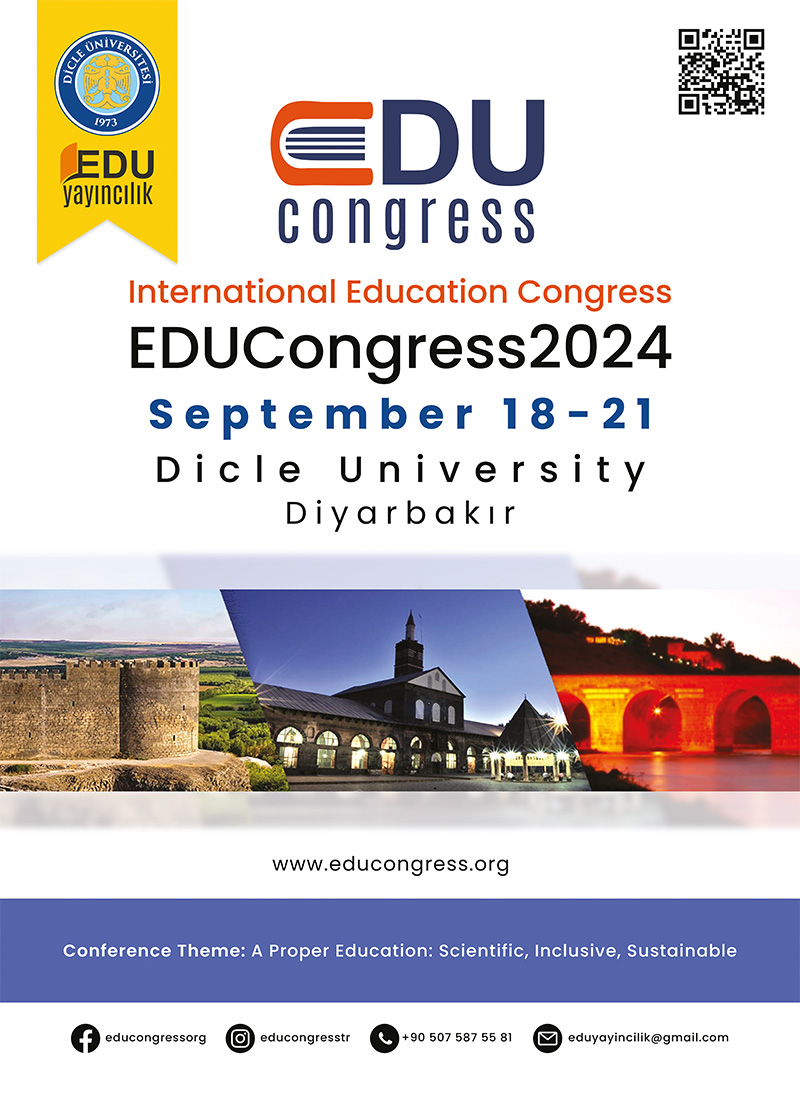Blending Voices and Methods: Exploring the Frontier of (Integrated) Mixed Methods Autoethnography
DOI:
https://doi.org/10.59455/jomes.2024.9.3Keywords:
Autoethnography, mixed methods autoethnography, integrated mixed methods autoethnography, critical dialectical pluralism, radical middleAbstract
In this introductory article, we—Anthony J. Onwuegbuzie, Sandra Schamroth Abrams, and Madeline L.
Abrams—weave together our personal and collective narratives to guide readers through the diverse and evolving
landscape of autoethnography, particularly focusing on its integration with mixed methods research approaches.
As we reflect on our experiences and the historical context of autoethnography, we present a compelling set of
five articles that, collectively, expands both the theoretical and the practical applications of this field. In the first
article, the authors outline 10 dimensions of autoethnography, enhancing its conceptual flexibility. They discuss
integrating qualitative and quantitative research within autoethnography, using concentric circles to depict its
hierarchical and fluid structure—from general autoethnography to integrated mixed methods autoethnography.
The second article explores the integration of critical dialectical pluralism and a radical middle stance in mixed
methods research, promoting an integrated autoethnographic approach that harmonizes social justice with
methodological rigor. The third article examines integrated mixed methods autoethnography in design-based
research, particularly in educational settings. This approach deepens the understanding of educational innovations
by linking personal experiences with broader pedagogical implications, thereby enriching educational research
authenticity. In the fourth article, the authors use an autoethnographic theater method—blending narrative,
performance, and research—to highlight the value of integrating Indigenous Sámi perspectives and land
acknowledgements into academic settings. The final article features a 17-year-old author using integrated mixed
methods autoethnography to explore living with pain from personal experiences with disability, contributing to
disability studies and emphasizing the societal need for greater accessibility and empathy. By sharing our journey
and the insightful contributions of our peers, we invite readers into an ongoing dialogue about the future of
autoethnographic research. Our goal is to foster a deeper appreciation of how personal experiences, integrated
with methodological rigor, significantly can enhance the relevance and impact of research findings, pushing for a
more inclusive and empathetic approach to understanding human complexities through (integrated) (mixed
methods) autoethnography.





